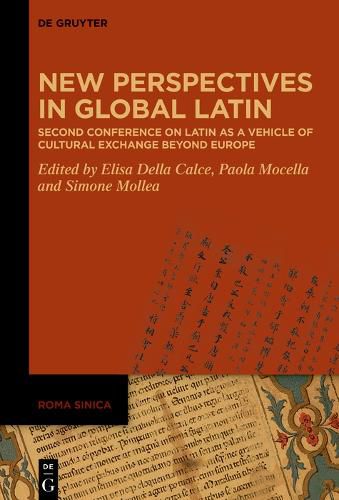Readings Newsletter
Become a Readings Member to make your shopping experience even easier.
Sign in or sign up for free!
You’re not far away from qualifying for FREE standard shipping within Australia
You’ve qualified for FREE standard shipping within Australia
The cart is loading…






The Global Latin II Conference has highlighted the role of the Latin language as cultural medium between West and East. Adopting a diachronic perspective which spans from the Middle Ages to the Modern Age, the conference and its proceedings have paid special attention to texts related to Africa and Asia. The richness of literary genres as well as the dialogue between the Humanities and hard sciences characterize this volume.
Students of Classics will find reflections on the role of Latin in the humanistic and missionary traditions, whereas historians of ideas and historians of religions will be able to pinpoint key moments in the use of Latin language and culture in Chinese, Korean, Japanese and Ethiopian contexts. This volume can also be of interest to people working on Digital Humanities and computational linguistics in Latin language, and it represents a novelty on the world scene, along the lines of the previous Global Latin I Conference, which was yet again held in Siena in 2019.
$9.00 standard shipping within Australia
FREE standard shipping within Australia for orders over $100.00
Express & International shipping calculated at checkout
The Global Latin II Conference has highlighted the role of the Latin language as cultural medium between West and East. Adopting a diachronic perspective which spans from the Middle Ages to the Modern Age, the conference and its proceedings have paid special attention to texts related to Africa and Asia. The richness of literary genres as well as the dialogue between the Humanities and hard sciences characterize this volume.
Students of Classics will find reflections on the role of Latin in the humanistic and missionary traditions, whereas historians of ideas and historians of religions will be able to pinpoint key moments in the use of Latin language and culture in Chinese, Korean, Japanese and Ethiopian contexts. This volume can also be of interest to people working on Digital Humanities and computational linguistics in Latin language, and it represents a novelty on the world scene, along the lines of the previous Global Latin I Conference, which was yet again held in Siena in 2019.